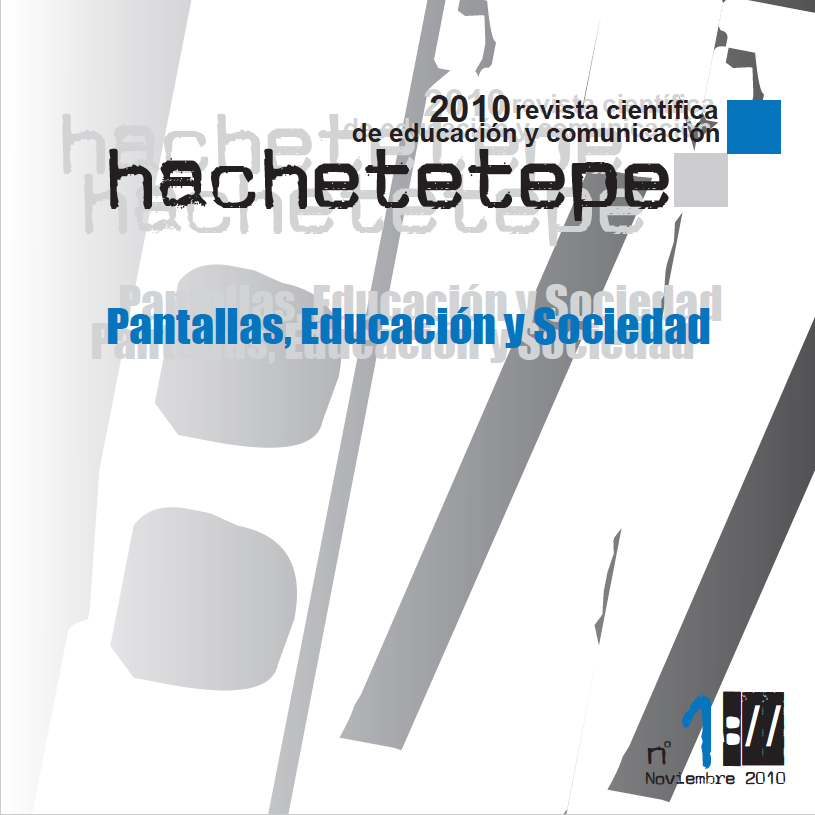The digital competition in the school: an educational resource decisive for the social, cultural and economic transformation- students between screens-

Info
Abstract
The digital competition, it places between eight basic competitions that the person must have developed on having finished the compulsory education to be able to achieve his personal accomplishment, exercise the active citizenship, join to the adult life of a satisfactory way and be capable of developing a permanent learning along the life. With this competition, the professorship, it will facilitate the learning arranging the pupil of skills to search, to obtain, to process and to communicate information, and to transform it into knowledge. It incorporates different skills, which go from the access to the information up to his transmission in different supports once treated, including the utilization of the technologies of the information and the communication as essential element for Essential to be informed, to learn and to communicate. It is very important, on the other hand, that the professorship teaches to use the times “of screen” with a suitable philosophy and well-being, so much for the health of the user person, since for his relations in general.
Keywords
Downloads
How to Cite
License

This work is licensed under a Creative Commons Attribution-NonCommercial-NoDerivatives 4.0 International License.
Those authors who have published with this journal, accept the following terms:
- They will retain their copyright and guarantee the journal the right to first publication of their work, which will simultaneously be subject to the Creative Commons Attribution License . They may be copied, used, disseminated, transmitted and publicly displayed, provided that the authorship, url, and magazine are cited, and are not used for commercial purposes. No derivative works are allowed.
- They may adopt other non-exclusive license agreements for the distribution of the published version of the work (e.g., deposit it in an institutional telematic archive or publish it in a monographic volume) provided that the initial publication in this journal is indicated.
- Disseminate your work through the Internet (e.g., in institutional telematic archives or on your website) once the manuscript is accepted, which may lead to interesting exchanges and increased citations of the published work. (See The effect of open access).
Hachetetepé. Scientific journal of education and communication does not charge a fee for the submission of manuscripts or for the publication of its articles.
References
Adell, J. (2005). Del software libre al conocimiento libre. Andalucía Educativa, 51; 7-10.
Aguaded, J. I. (1997). La otra mirada a la tele. Consumir de otra forma..., mirar de otra manera. Hacia un nuevo espectador. Sevilla: Junta de Andalucía
Alba Pastor, C. (1991). Evaluación sumativa y formativa de software educativo para la etapa infantil. Universidad Complutense de Madrid.
Amar, V (2009): El cine y otras miradas .Contribuciones a la educación y a la cultura audiovisual. Sevilla: Comunicación Social.
Cabero, J. (1990): Análisis de medios de enseñanza.Sevilla: Alfar.
Del Río Martínez, J. y González Videgraray, M. (2007). Trabajo prolongada con computadoras: consecuencias sobre la vista y la fatiga cervical. México: D.F. SEMAC.
Fueyo, A. (2003). Alfabetización audiovisual: una respuesta crítica a la pedagogía cultural de los medios, en Aparici, R. (coord.): Comunicación educativa en la sociedad de la información. Madrid: UNED.
Gómez del Castillo, T. (2002). ¿Cómo se reflejan los contenidos transversales en los programas educativos multimedia? Revista Píxel-Bit, 19; 93-106.
Marina, J. A. (2007). Teoría de la inteligencia creadora. Barcelona: Anagrama.
Marqués Graells, P. (2001). Metodología para la creación de materiales formativos multimedia. Comunicación Educativa y Nuevas Tecnologías. Barcelona. Praxis.
Parcerisa, A. (2008). Didáctica en la educación social. Enseñar y aprender fuera de la escuela. Barcelona: Grao.
Pérez- Campero, M. P. (1994). Cómo detectar las necesidades de intervención Socioeducativas. Madrid: Narcea.
Perrenoud, P. (2004). Dix nouvelles compétences pour enseigner. Invitation au voyage. Barcelona: Graó.
Téllez, J. J. (2008). Los derechos civiles ante el pupitre. Andalucía Educativa, 66; 7-10.
Yelo, S. (2002). Análisis del contenido. Aprender los mass-media. Comunicación y Pedagogía, 180; 44- 49.
Zaragoza, J. y Cassado, A. (1992). Aspectos técnicos y pedagógicos del ordenador en la escuela. Madrid: Bruño.

